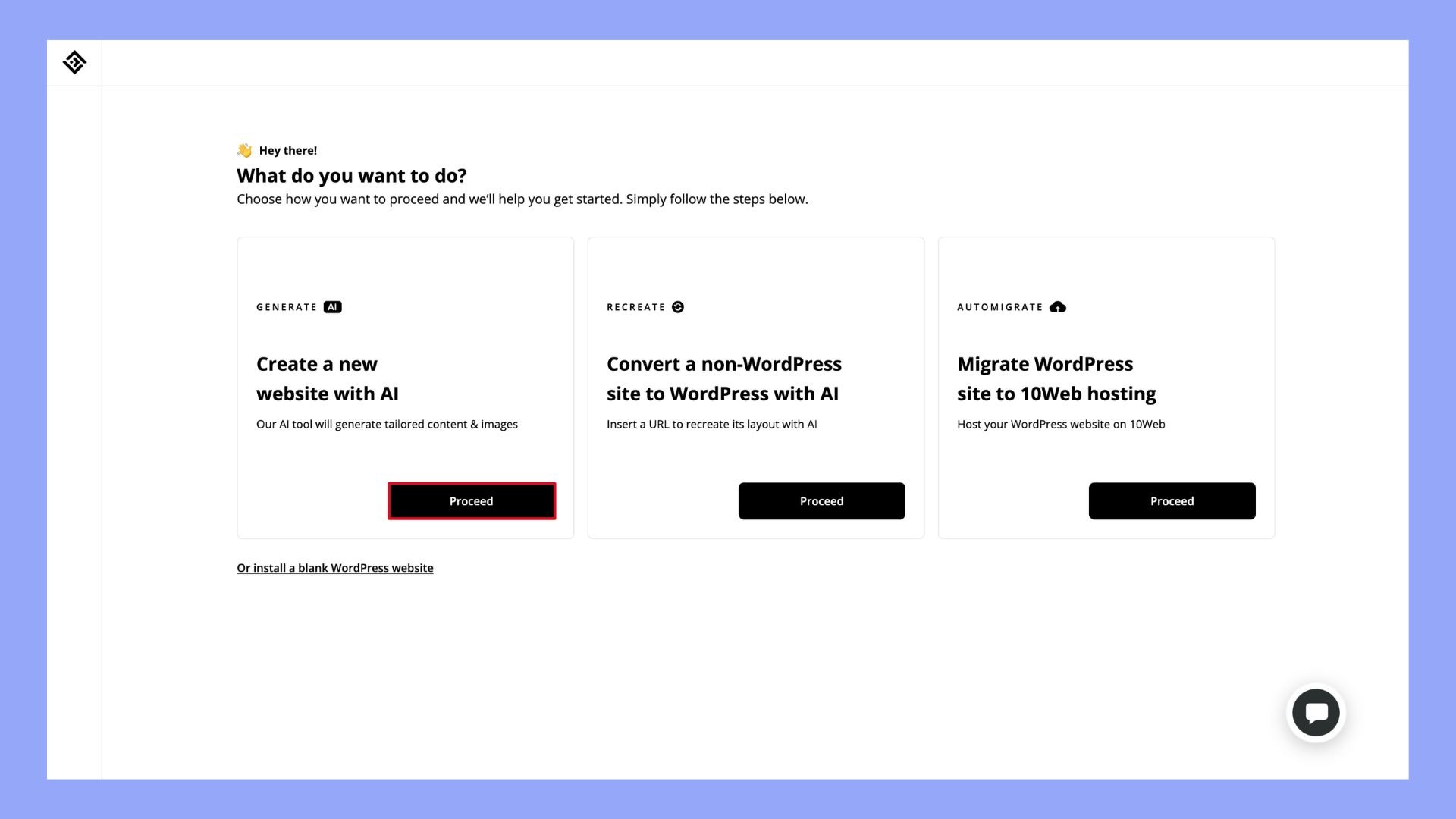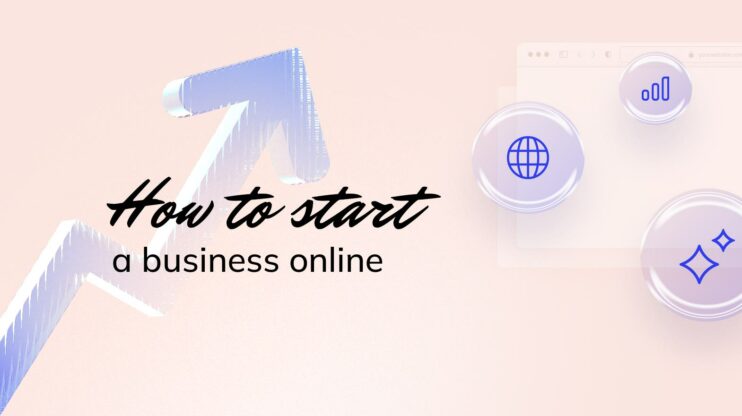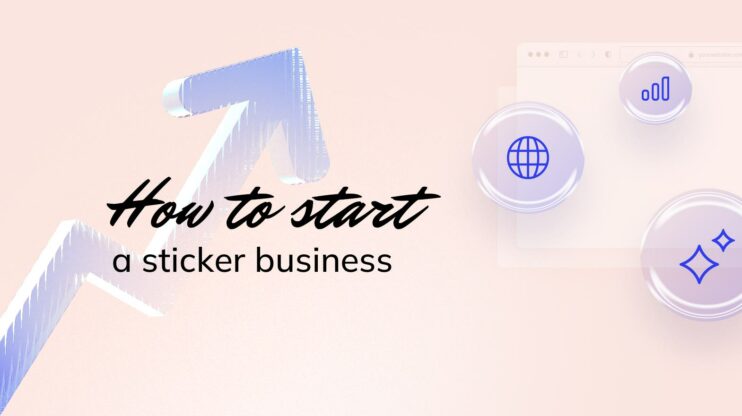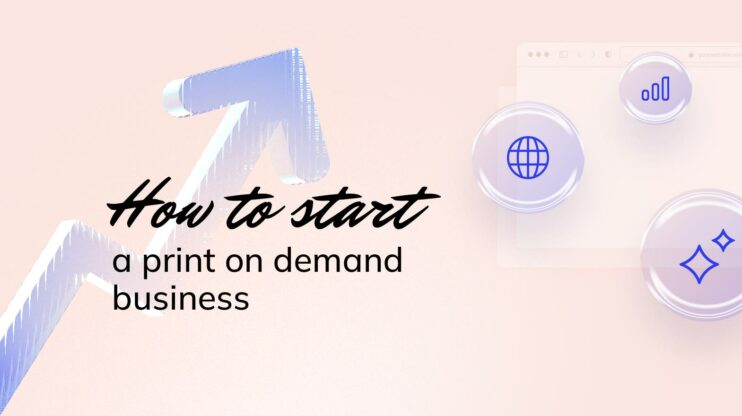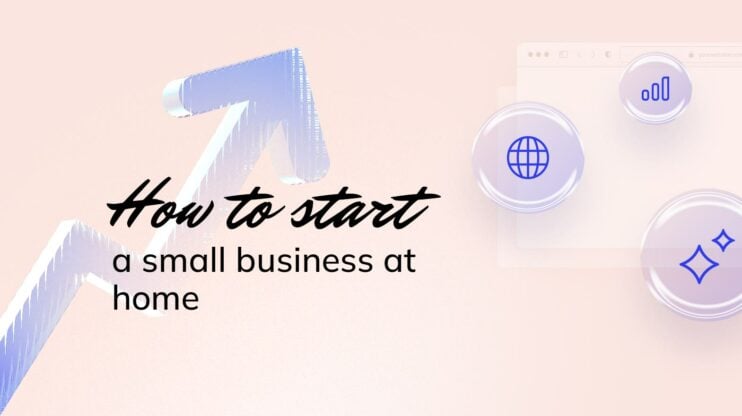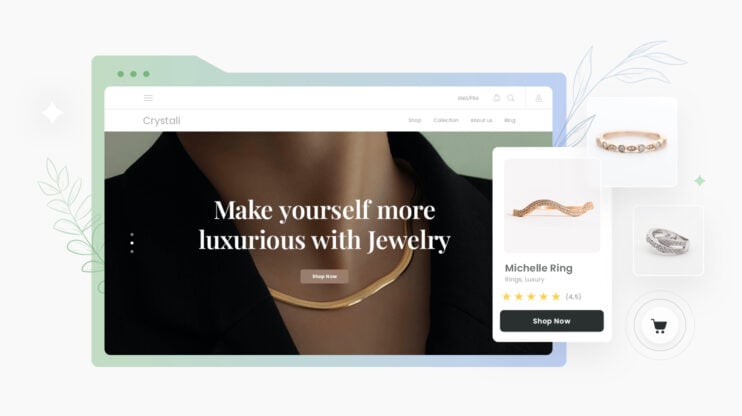Starting a blog business is an exciting venture that combines creativity, passion, and entrepreneurship. Blogs offer a unique platform to share ideas, connect with a global audience, and potentially earn a lucrative income. Whether you’re looking to express your hobbies, share expert knowledge, or create a community, blogging provides endless opportunities for personal and professional growth. This guide will walk you through the essential steps to launch your blog successfully, offering insights and tips to help you navigate the blogging world with confidence and excitement.

FAQ
Do bloggers get paid money?
How do I start a blogging business?
- Choose a niche you are passionate about.
- Pick a blogging platform (like WordPress or Blogger).
- Purchase a domain name and hosting.
- Design your blog and create quality content.
- Promote your blog through social media and SEO.
- Monetize your blog through ads, sponsorships, and other revenue streams.
How profitable is running a blog?
Do you need a license to run a blog?

Looking to sell online?
Create your custom online store in minutes with 10Web AI Ecommerce Website Builder and take your business online.
Stage 1: Understanding blogs
Blogs are online platforms where you can share your ideas, interests, and expertise with others. Starting a blog involves several key steps to ensure it’s set up for success and allows you to connect with readers effectively.
Blogs cover a wide range of topics depending on the authors’ interests. They can be personal, professional, or a mix of both. Blogs are a great way to express opinions, share knowledge, and build an online presence.
What types of blog posts are there
Diversifying the types of blog posts you create can keep your readers engaged and attract a wider audience. Here are some popular types:
- How-tos and tutorials: These posts provide step-by-step instructions on how to do something. They are highly valuable and often shared widely.
- Lists: List posts (or listicles) are easy to read and share. Examples include Top 10 Travel Destinations or 5 Best Tools for Bloggers.
- Reviews: Write detailed reviews of products, services, or experiences. Reviews help build trust and can drive affiliate marketing revenue.
- Interviews: Interviewing experts or influencers in your niche adds credibility to your blog and provides unique content.
- Personal stories: Sharing personal experiences can make your blog more relatable and engaging. Readers often connect more deeply with personal narratives.
What are content pillars
Content pillars are the foundation topics or themes that your blog consistently revolves around. They help in structuring and organizing your blog content effectively.
- Identify core topics: Determine 3-5 main topics that align with your blog’s idea and goals. These should be broad enough to cover various subtopics but specific enough to target your audience’s interests.
- Develop subtopics: For each pillar, brainstorm a list of subtopics. For example, if one of your pillars is Healthy Living, subtopics might include nutrition, exercise, mental health, and wellness tips.
- Create related content: Plan your posts around these pillars and subtopics. This helps in maintaining a focused blog that provides depth and value to your readers.
- SEO benefits: Content pillars also improve SEO. By creating multiple posts around a central theme, you build authority on that topic, which can boost your search engine rankings.
Step 1: Choose a blogging platform
A blogging platform is a service or software that allows you to publish content online. One of the most popular platforms is WordPress.
When choosing a platform, consider ease of use, customization options, and support. Some platforms are free, but others offer premium features for a fee. WordPress is widely used due to its flexibility and vast number of plugins. However, WordPress can sometimes be difficult to use for many people who aren’t familiar with coding and technical features. For that, you can take advantage of AI tools, such as the 10Web AI Website Builder that integrates WordPress, and generates a website for your business in a couple of seconds, without requiring you to go in-depth in the technical aspect of creating a website.

How much does it cost to start a blog
Starting a blog can be relatively inexpensive or involve certain costs:
- Domain name: Usually costs around $10-$15 per year.

- Hosting: Can range from $3 to $10 per month depending on the service.
- Themes and plugins: Depending on your needs, some themes are free while others can cost up to $100 or more.
There are free options too, but investing in a good domain and hosting can improve your blog’s credibility.
Step 2: Pick a hosting platform
A hosting platform stores your blog’s data and makes it accessible on the internet. Key hosting services include 10Web Managed WordPress Hosting, Bluehost, and SiteGround.
When picking a hosting provider, look for:
- Reliability and speed: Your blog should load quickly for readers.
- Customer service: 24/7 support is beneficial.
- Ease of use: A user-friendly control panel helps manage your blog better.
If you are a user of 10Web.io, you will enjoy all of these benefits, in addition to benefiting from 10Web’s partnership with Google Cloud.
Step 3: Find the profitable blog idea
Choosing a blog idea (niche) is crucial for attracting a specific audience and competing effectively. A niche is a specialized segment of the market with specific interests.
To find a profitable blog idea:
- Identify your passions and expertise.
- Research demand and competition using tools like Google Trends and Keyword Planner.
- Ensure your idea has enough content potential and audience interest.
Step 4: Select the blog name and domain
Your blog’s name and domain are important for branding. A good blog name should be memorable, easy to spell, and related to your blog’s content.
Steps to choose a name:
- Brainstorm ideas that reflect your blog’s topic.
- Check availability using domain registration sites.
- Ensure the domain name is short and easy to type.
Once you have a name, register it with a suitable domain extension like .com or .blog to make it accessible on the web.
However, you can take advantage of 10Web’s Business Name Generator, where you can describe your business, get a list of business name ideas, choose a specific domain name you like, and immediately check the domain availability from a single platform. Nevertheless, if the business name and domain is not available, you will be presented with numerous other options that are available – either for free or paid.

Step 5: Legal and ethical considerations
When starting a blog business, it’s crucial to understand and respect copyright laws. Copyright protects the original works of authors, artists, and other creators, ensuring they have control over how their work is used. Using someone else’s work without permission can lead to legal issues and damage your blog’s reputation.
- Original content: Always strive to create your own content. This not only avoids legal trouble but also establishes your unique voice and authority.
- Fair use: Fair use is a legal doctrine that allows limited use of copyrighted material without permission under certain conditions, such as commentary, criticism, or educational purposes. However, this is a complex area, and what constitutes fair use can vary. When in doubt, it’s best to seek permission or use content available under licenses that permit reuse, such as Creative Commons.
- Attribution: Even when using content under fair use or Creative Commons, proper attribution is essential. Always credit the original creator and provide a link to the source if possible.
Disclosure and transparency
Transparency is key to building trust with your audience. When you monetize your blog through methods like sponsored content or affiliate marketing, it’s essential to disclose these relationships clearly and honestly.
- Sponsored content: If a post is sponsored by a company, disclose this at the beginning of the post. Transparency about sponsorships helps maintain your credibility and keeps your audience informed.
- Affiliate links: When you use affiliate links, inform your readers that you may earn a commission if they purchase through these links. This disclosure should be placed prominently where readers can easily see it, such as at the top of the post or within the content where the link appears.
- Honesty: Always be honest in your reviews and recommendations. Your readers trust your opinion, and maintaining that trust is more valuable in the long run than any single affiliate commission.
- Regulations: Familiarize yourself with the regulations governing online advertising and endorsements in your region. For example, in the United States, the Federal Trade Commission (FTC) requires clear and conspicuous disclosures of any material connections between bloggers and brands.
Step 6: Content planning and strategy
A content calendar is a vital tool for ensuring consistent posting and strategic content planning. Here’s how to create and maintain one:
- Plan ahead: Start by planning your content a month in advance. Outline the topics you want to cover, including special events or holidays relevant to your niche.
- Set a schedule: Determine how often you will post – daily, weekly, or bi-weekly. Consistency is key to keeping your audience engaged.
- Use tools: Utilize tools like Google Calendar, Trello, or dedicated content calendar apps to organize your schedule. These tools allow you to see your content plan at a glance and make adjustments as needed.
- Include details: For each planned post, note down the topic, keywords, target audience, and any special notes. This makes the writing process smoother and more focused.
By maintaining a content calendar, you can ensure a steady flow of content, stay organized, and keep your audience coming back for more.

Looking to sell online?
Create your custom online store in minutes with 10Web AI Ecommerce Website Builder and take your business online.
Stage 2: Set up and design your blog
Setting up and designing your blog is essential to making it professional and attractive. You need to choose the right platform, design useful pages, ensure search engines index your blog, and create a logo that stands out.
Step 1: Create a blog website
To start, choose a blogging platform that suits your needs. Numerous choices are available where each has tools for customizing your blog and making it look unique. 10Web.io is especially recommended, offering a variety of design options and easy-to-use features.
Benefits of using 10Web to create a website:
- No coding required: Simplifies website creation for all skill levels.
- Time and resource efficiency: Creates websites 10 times faster by automating design and content generation.
- Customization and flexibility: Offers extensive customization options with a drag-and-drop editor.
- SEO optimization: Provides SEO-optimized content and performance enhancements.
- Automated hosting: Launches websites on fast, secure 10Web hosting.
- Security: Includes robust security features like DDOS protection, SSL, and firewall.
Steps to choose a blog website:
- Visit the platform’s website: Go to 10Web.io or another platform of your choice.
- Sign up: Create an account by providing your email and setting a password.
- Select a plan: Choose a plan depending on your needs, 10Web offers Business, Ecommerce, and Agency plans.
- Start generating: Use the AI tools available to generate your blog’s website.
Steps to generate your blog website with 10Web:
- Once you have created your account on 10Web.io, click on Generate Your Website.

- Click Proceed for the option Create a new website with AI.

- Select your business type – Blog or Blogger is recommended in this case.

- Enter the blog name that you previously created, describe what your blog is about, and enhance it using the Enhance with AI option.
- Enter the domain name you have already created, if you still do not have a domain name, you can enter your desired domain name and the AI will generate the website accordingly.

- Add the blog topic categories your blog business is going to have and Generate your website.

Step 2: Design what pages you want to include
Next, think about the pages you want to include in your blog. Common pages include Home, About, Blog, and Contact. The Home page is the first thing visitors see, so make it engaging. The About page gives insight into who you are. The Blog page lists your posts, and the Contact page helps readers get in touch with you.
Key pages to include:
- Home: Welcome visitors and highlight important content.
- About: Share your story and mission.
- Blog: Display your latest posts.
- Contact: Provide a form or email for communication.
Step 3: Create a blog logo
Creating a logo helps in branding your blog. Your logo should be simple, memorable, and reflect your blog’s theme. You can use online tools like Canva or hire a designer to create a logo for you. A good logo can make your blog look more professional and help it stand out.
Steps to create a logo:
- Use a design tool: Visit Canva or a similar website.
- Choose a template: Select a template that fits your blog’s theme.
- Customize: Add your blog’s name and edit colors, shapes, and fonts.
- Download and upload: Save your logo and upload it to your blog.
These steps will ensure your blog looks polished and is ready to attract readers.
Step 4: Branding your blog
Having a specific branding for your blog is important so that your readers will be able to associate a blog with your brand easily. For instance, having a specific color scheme and visual elements, and tone of voice can help you in creating your blog’s branding identity.
Developing a brand identity
Creating a cohesive brand identity is essential for making your blog stand out and be memorable to your audience. Your brand identity includes several key elements:
- Logo: Choose a logo that represents your blog’s theme and personality. It should be simple, memorable, and easily recognizable.
- Color scheme: Select a color scheme that reflects the mood and tone of your blog. Consistent use of colors across your blog and social media helps establish a strong visual identity.
- Visual elements: Use consistent fonts, image styles, and graphics to create a unified look. This consistency helps build trust and makes your blog look professional.
Voice and tone
Your blog’s voice and tone are what make it unique and relatable. Developing a consistent voice and tone helps in connecting with your audience on a personal level.
- Reflect your personality: Your blog should sound like you. Whether you’re witty, serious, or conversational, let your personality shine through your writing.
- Appeal to your target audience: Understand who your readers are and what they expect. If your blog is about professional topics, maintain a formal tone. For lifestyle or personal blogs, a more casual and friendly tone might be appropriate.
- Consistency is key: Maintain a consistent voice and tone across all your posts. This consistency helps in building a recognizable brand and keeps your audience engaged.

Looking to sell online?
Create your custom online store in minutes with 10Web AI Ecommerce Website Builder and take your business online.
Stage 3: Promote your blog
Growing your blog business means attracting and keeping readers. Effective promotion and a smart publishing strategy can help you do this.
Step 1: Marketing your blog business
To market your blog, start by knowing your audience. Identify your target audience and their interests, then tailor your content to match. Use SEO best practices like keywords and meta tags to increase your blog’s visibility in search results.
Social media is your friend. Share your posts on platforms like Facebook, X (Twitter), and Instagram. Engaging posts can drive traffic back to your blog. Additionally, guest posting on other blogs can expose your content to new readers.
Email marketing also helps. Build an email list and send regular newsletters with your latest posts. This keeps your audience engaged and coming back for more.
Step 2: Have a publishing strategy
Consistency is key in blogging. Create a content calendar to plan and schedule your posts. This helps you publish regularly, which keeps your audience engaged and boosts organic traffic.
Use a mix of content types like articles, videos, and infographics to keep your readers interested. Visuals can make your blog more appealing and easier to remember.
Optimize your posts for SEO before publishing. Make sure to use relevant keywords, add meta descriptions, and include internal links to other posts on your blog. This will help search engines understand your content and make it easier for people to find your blog.
Step 3: Get indexed on search engines
To get traffic, it’s important to get your blog indexed on search engines like Google. This will help your blog appear in search results. You can do this by submitting your blog’s URL to Google Search Console. Additionally, use SEO (Search Engine Optimization) techniques, such as using keywords in your posts.
Steps to get indexed:
- Go to Google Search Console: Sign up with your Google account.
- Add your website: Enter your blog’s URL to submit it.
- Use SEO tools: Include keywords in your posts and use plugins like Yoast SEO if you’re on WordPress.
Step 4: Engage with your readers
Engaging with your readers is a crucial aspect of building a successful blog business. It creates a sense of community, encourages them to continue reading your blogs, and enhances your blog’s credibility. Here are some strategies to effectively engage with your readers:
Comments and feedback
Managing and responding to comments and feedback on your blog is essential for building a loyal community of readers.
- Prompt responses: Respond to comments and questions as promptly as possible. This shows your readers that you value their input and are actively engaged with your audience.
- Encourage discussion: Ask open-ended questions in your blog posts to encourage readers to leave comments. For example, if you write a post about travel tips, you could ask, What are your favorite travel destinations and why?
- Moderate respectfully: Monitor comments to maintain a positive and respectful environment. Delete spam comments and address any inappropriate content politely but firmly.
- Acknowledge feedback: When readers provide constructive feedback, acknowledge it and consider incorporating their suggestions. This shows that you are listening and willing to improve.
Social media engagement
Social media platforms are powerful tools for promoting your blog content and engaging with a broader audience.
- Share content regularly: Post your blog content on social media platforms like Facebook, X (Twitter), Instagram, and LinkedIn. Use eye-catching visuals and compelling captions to attract attention.
- Interact with followers: Respond to comments, messages, and mentions on social media. Engaging with your followers helps build a stronger connection and encourages them to share your content.
- Utilize hashtags: Use relevant hashtags to increase the visibility of your posts. Research popular hashtags in your niche to reach a wider audience.
- Host social media contests: Organize contests and giveaways to boost engagement and attract new followers. For example, you can ask readers to share their favorite blog post for a chance to win a prize.
Hosting webinars and live sessions
Webinars and live sessions are excellent ways to interact with your audience in real time, providing valuable content and fostering a sense of community.
- Choose relevant topics: Select topics that are relevant and interesting to your audience. This could be a deep dive into a popular blog post, a Q&A session, or a tutorial.
- Promote in advance: Announce your webinars and live sessions well in advance across your blog, social media, and email newsletters to maximize attendance.
- Engage during the session: Encourage participants to ask questions and provide feedback during the session. Respond to questions in real time to create an interactive experience.
- Record and share: Record your webinars and live sessions and share the recordings on your blog and social media. This allows those who couldn’t attend live to benefit from the content.

Looking to sell online?
Create your custom online store in minutes with 10Web AI Ecommerce Website Builder and take your business online.
7 Steps to write your first blog post
Starting your first blog post can be a bit challenging, but breaking it down into steps makes the process more manageable. Here, we’ll guide you through keyword research, outlining main points, crafting titles, and more to help you write a post that will engage your readers.
1. Start with keyword research
Before writing, identify keywords relevant to your topic. Use tools like Google Keyword Planner or Ahrefs to find keywords that people search for. Select keywords with high search volume but low competition.
Including these keywords in your post can improve your blog’s visibility. This will help your post appear higher in search engine results, bringing more visitors to your blog.
2. Outline main points
Create a clear outline to organize your thoughts. Start with an introduction, then list the main points you want to cover in your blog post. Use bullet points or numbered lists to outline your thoughts.
This will keep your writing focused and ensure you cover all necessary information. A good structure helps readers easily follow along.
3. Write a blog post title
Craft a catchy and concise title. Your title should grab attention and include your main keyword. Aim for around 60 characters so it’s fully visible in search results.
For example, if your blog is about cooking, a good title could be: How to Make Delicious Homemade Pizza: A Step-by-Step Guide.
4. Write blog posts using AI
Consider using AI tools like ChatGPT or Grammarly to help generate content ideas or improve your writing. These tools can provide suggestions and help maintain a consistent tone and style.
They can also assist in rephrasing sentences and improving overall readability. Use AI to enhance your writing but always add your personal touch.
5. Include images
Images make your blog post more engaging. Use high-quality images relevant to your content. Websites like Unsplash or Pexels offer free images that you can use.
Be sure to add alt text to each image for accessibility and better SEO. This helps search engines understand what the image is about.
6. Optimize for SEO
Optimize your blog post for search engines. Use the main keyword in the title, headers, and throughout the content. Ensure your post is easy to read with short paragraphs and proper formatting.
Additionally, include internal and external links to related content. This enhances the user experience and improves your blog’s SEO ranking.
7. Edit and publish
Review your post for any errors or inconsistencies. Check grammar, punctuation, and spelling. Tools like Grammarly can assist with this.
Ensure all links and images work correctly. Once edited, publish your post using your blogging platform’s editor, like WordPress. Share on social media to reach a wider audience.

Looking to sell online?
Create your custom online store in minutes with 10Web AI Ecommerce Website Builder and take your business online.
How to make money while blogging
Earning money from your blog is possible through several methods, including affiliate marketing, advertising, paid subscriptions, sponsored content, and collecting an email list. Each method has its own benefits and can contribute to your blog’s revenue.
Affiliate marketing
Affiliate marketing involves promoting products or services from other companies on your blog. You earn a commission for every sale made through your unique affiliate link.
- Choose relevant products: Pick products that align with your blog’s niche.
- Join affiliate programs: Websites like Amazon Associates or ShareASale offer many affiliate options.
- Create content: Write reviews, tutorials, or recommendations featuring these products.
- Include affiliate links: Embed your affiliate links within your content.
For example, if your blog focuses on fashion, you could promote clothing, accessories, and beauty products.
Advertise within your blog
You can monetize your blog by displaying ads.
- Use ad networks: Sign up for ad networks like Google AdSense.
- Place ads strategically: Position ads in high-visibility areas without disrupting the user experience.
- Offer direct advertising: Allow companies to place ads directly on your blog, potentially for a higher fee.
Ad revenue depends on factors like website traffic, content niche, and ad placements.
Paid subscription
A paid subscription model allows your readers to access premium content for a fee.
- Create exclusive content: Offer unique articles, videos, or resources that aren’t available to free users.
- Set up subscription options: Use platforms like Patreon or a membership plugin for your blog.
- Promote the benefits: Clearly explain the value and benefits of subscribing.
This method works well if you provide high-quality, in-depth information that your readers find valuable.
Sponsored content
Sponsored content involves working with brands to create content that promotes their products or services.
- Identify potential sponsors: Look for companies that align with your blog’s niche.
- Negotiate terms: Agree on content details, deadlines, and payment.
- Create authentic content: Write posts or create videos that naturally incorporate the sponsor’s product.
You can charge a higher fee for sponsored content compared to traditional ads.
Collect an email list
Building an email list helps you maintain direct contact with your readers and promote products or services effectively.
- Set up an email capture form: Use tools like Mailchimp or ConvertKit to create sign-up forms on your blog.
- Offer incentives: Provide incentives like free eBooks, exclusive articles, or discounts for subscribing.
- Send regular updates: Share newsletters, updates, and promotional materials to engage your subscribers.
An engaged email list can lead to higher conversion rates and more revenue for your blog.
Blogging resources and tools you can use
Starting a blog business can be exciting and a bit overwhelming. These resources will help you get started and stay on track. Additionally, choosing the right tools can make a big difference. Here are some essential blogging tools you should consider.
Blogging resources
- Analytics tools: Use analytics to track your blog’s performance. Google Analytics is a powerful free tool that helps you understand your audience, track website traffic, and measure conversion rates.
- Hosting providers: Choosing a hosting provider is a crucial step. Many popular options with affordable plans and great support are available. They offer fast speed and reliability, essential for any successful blog.
- Content Management Systems (CMS): A good CMS makes managing your blog easy. WordPress is a top choice due to its flexibility and wide range of plugins. It’s user-friendly and highly customizable.
- SEO tools: Search Engine Optimization helps get your blog noticed. Tools like Yoast SEO for WordPress can guide you on optimizing your content for better search engine rankings.
- Image resources: Good visuals can make your blog posts stand out. Use free image sources like Unsplash and Pexels for high-quality photos.
- Writing and grammar tools: Clear, mistake-free writing is crucial. Tools like Grammarly help you check for grammar issues and improve your writing style.
Blogging tools
- Website Builder: A website builder can help you create a professional-looking blog quickly. 10Web is a popular choice that offers drag-and-drop features, making it easy to design your blog without any coding knowledge.
- Plugins: Plugins can extend the functionality of your blog. For WordPress users, plugins like Yoast SEO help with search engine optimization, while Akismet helps manage spam comments. There are thousands of plugins available to enhance your blog in different ways.
- Social media tools: Promoting your blog on social media is crucial. Tools like Buffer and Hootsuite allow you to schedule posts across different platforms, saving you time and effort.
- Analytics: To track your blog’s performance, you need analytics tools. Google Analytics is a powerful and free tool that shows you how visitors interact with your blog, which posts are popular, and where your traffic comes from.
- Email Marketing: Building an email list helps you stay connected with your readers. Tools like Mailchimp and ConvertKit make it easy to capture email addresses and send newsletters.
Conclusion
Embarking on the journey of starting a blog business is both rewarding and challenging. By following the tips and strategies outlined in this guide, you can build a successful blog that resonates with your audience and achieves your goals. Remember, consistency, quality content, and engagement are key to growing your blog. Stay patient, adapt to changes, and continuously seek to improve your skills. With dedication and passion, your blog can become a thriving business, providing not only financial rewards but also personal fulfillment and a platform to make a meaningful impact.




